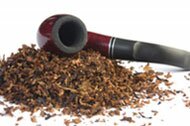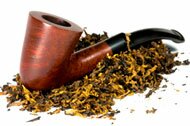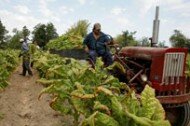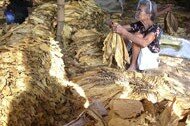They were identified as tobacco tags and eight of ten human remains showed signs of tobacco use and Camel smoking. Then Shannon Vihlene of the Montana Historical Society went to work.
“It was a long process of check marking; did this guy take his tobacco ration? Yes or no?” says Vihlene.
Vihlene went through 16 years of muster rolls to find out how many of the soldiers really used tobacco. She found the eight of ten ratio held up. 86% of seventh cavalry soldiers took their rations.
“Most of it is just to get a feeling for the real lives of the soldiers. Not glorifying their deaths but how they lived their lives and how hard it was to be out on the frontier working in the Indian Wars,” says Vihlene.
The Montana Historical Society cultural records assistant has her guess as to why tobacco use was so prevalent at Little Bighorn.
“They were used to using tobacco in their home life and to bring it back out onto the frontier was, this is familiar to me and it’s soothing and I can relax.”
It’s another example of archaeology supplementing history and helping people better understand human life in the past.

 RSS Feed
RSS Feed Twitter
Twitter
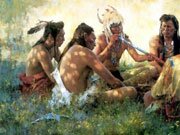
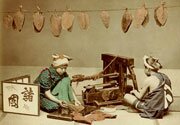

 Posted in
Posted in  Tags: camel smoking,
Tags: camel smoking, 
